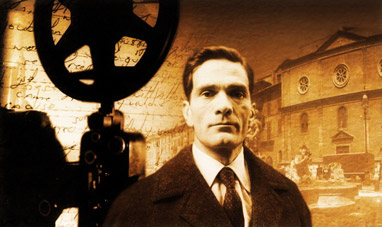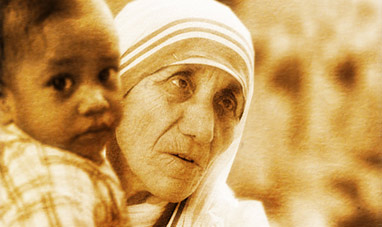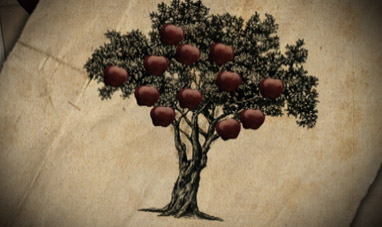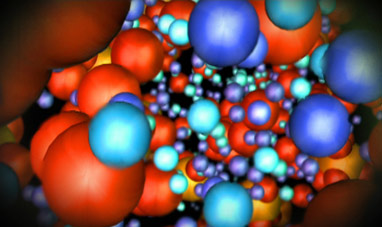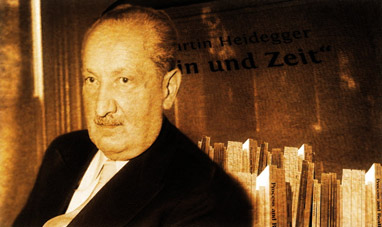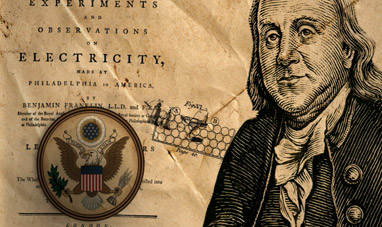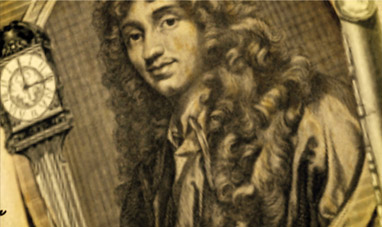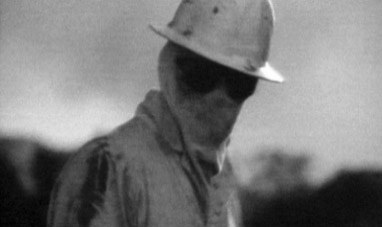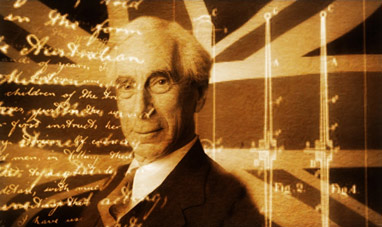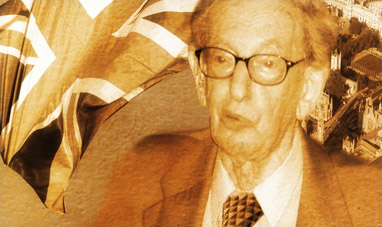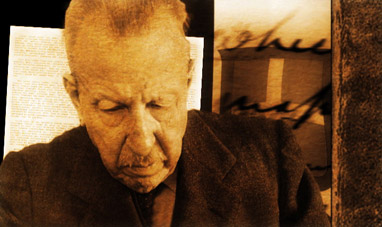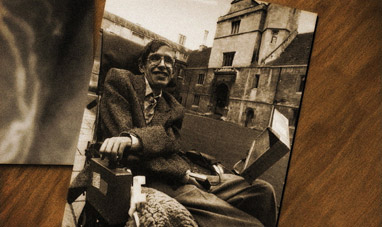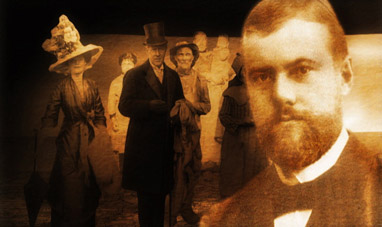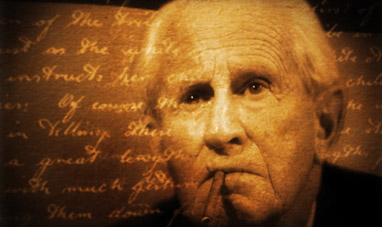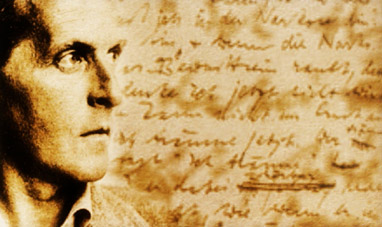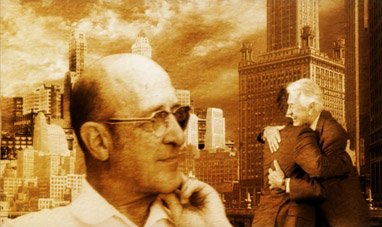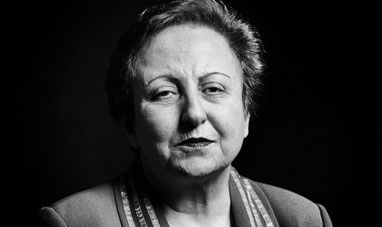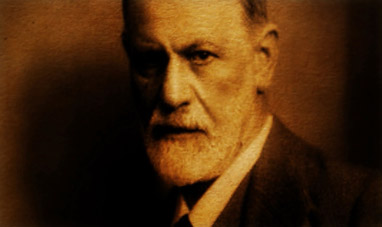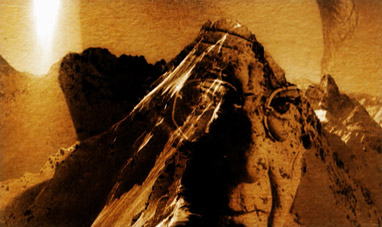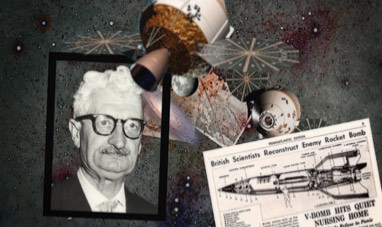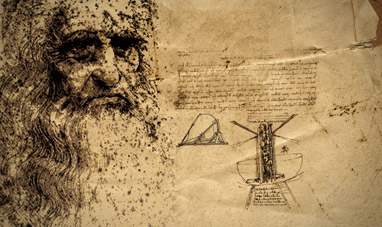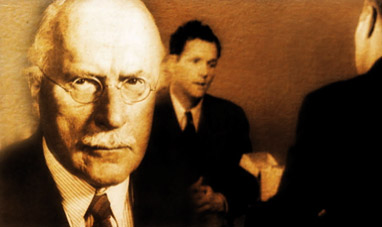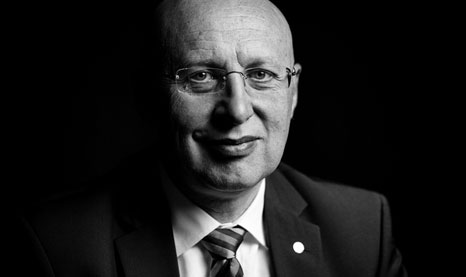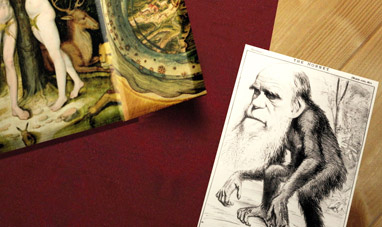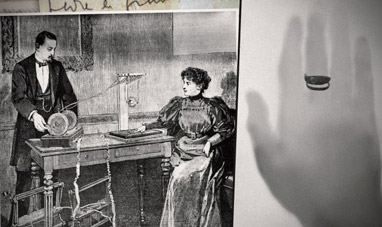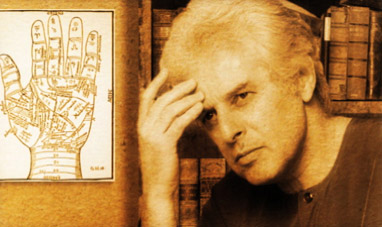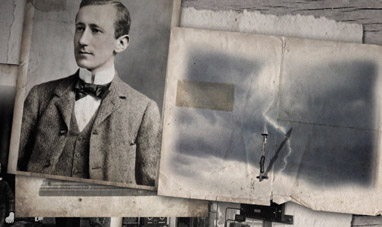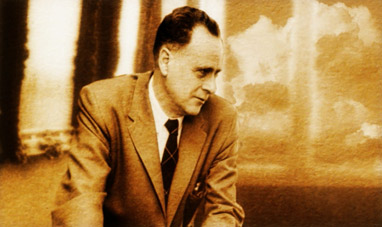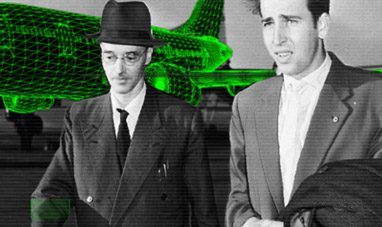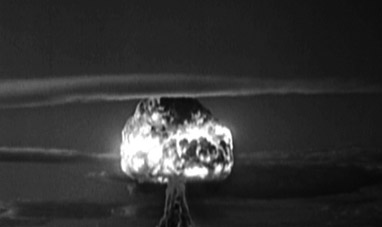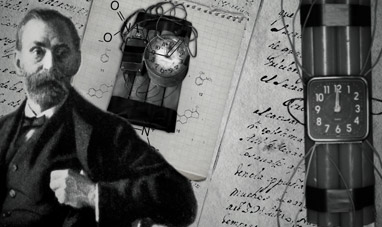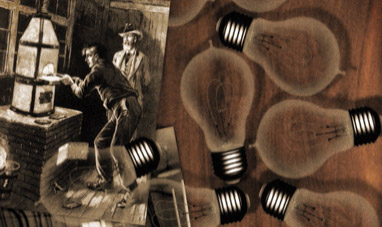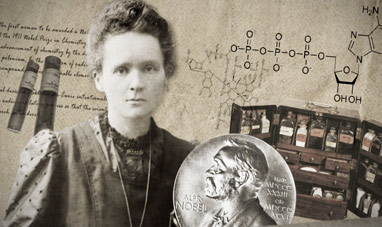Thanks to his work with neutrons and radioactivity, Nobel Prize-winning physicist Enrico Fermi is considered the father of nuclear physics. Fermi was born in Rome on September 29, 1901. Even as a child, physics intrigued him. In 1918 he enrolled in the Scuola Normale Superiore in Pisa where he earned a degree in 1922, presenting a thesis paper on X-Ray refraction. Fermi continued his studies at the University of Göttingen in Germany, where he studied under physicist Max Born. In 1925, he moved briefly to Leiden, where he met Albert Einstein. From 1927through 1938 he chaired the first-ever seat in theoretical physics at the University of Rome.
Up until 1926, Fermi's most important contribution to quantum physics was called Fermi-Dirac statistics. This theory described the properties of particles that are now known as fermions in Fermi's honor. In the 1930s, Fermi surrounded himself with young graduate students, including Amaldi, Pontecorvo, Segrè, and Majorana. They formed a group known as the Via Panisperna Boys, a group of scientists who took the name of the street on which Rome’s institute of physics was located. The Via Panisperna Boys conducted the first experiments in nuclear physics. The discovery of slow neutrons, which are slowed when they collide with hydrogen atoms, made artificial, laboratory-created radioactivity more effective. In the late 1930s some of Fermi’s Jewish friends fled the country, alarmed by Benito Mussolini’s racial laws. Fermi’s wife Laura Capon was Jewish. After accepting the Nobel Prize in Stockholm in 1938, Fermi fled to New York. There, he taught physics at Columbia University and began expanding on Otto Hahn and Fritz Strassman's the discovery of nuclear fission. Their discovery suggested that atoms split by neutron bombardment could trigger a chain reaction that produced huge quantities of energy. Fermi briefed American military officials on the potential wartime application of nuclear technology.
In September 1942, the US government formed the Manhattan Project in an effort to study and manage breakthroughs in atomics. Fermi became head consultant, spearheading the atom bomb project. On December 2, 1942, Fermi successfully produced the first controlled fission chain reaction. In 1944, the Manhattan Project moved to Los Alamos, in New Mexico. In July 1945, the first atom bomb was detonated in the desert near Alamogordo. Immediately after the war, Fermi was named director of the University of Chicago Institute of Nuclear Studies. In 1946, he was awarded the Congressional Medal of Merit by the US Congress. Enrico Fermi died in Chicago of stomach cancer on November 29, 1954. He was 53. Fermi always considered the discovery of atomic energy inevitable. But after atom bombs were dropped on Hiroshima and Nagasaki, Fermi openly declared his opposition to the further development of nuclear energy for military use.
Up until 1926, Fermi's most important contribution to quantum physics was called Fermi-Dirac statistics. This theory described the properties of particles that are now known as fermions in Fermi's honor. In the 1930s, Fermi surrounded himself with young graduate students, including Amaldi, Pontecorvo, Segrè, and Majorana. They formed a group known as the Via Panisperna Boys, a group of scientists who took the name of the street on which Rome’s institute of physics was located. The Via Panisperna Boys conducted the first experiments in nuclear physics. The discovery of slow neutrons, which are slowed when they collide with hydrogen atoms, made artificial, laboratory-created radioactivity more effective. In the late 1930s some of Fermi’s Jewish friends fled the country, alarmed by Benito Mussolini’s racial laws. Fermi’s wife Laura Capon was Jewish. After accepting the Nobel Prize in Stockholm in 1938, Fermi fled to New York. There, he taught physics at Columbia University and began expanding on Otto Hahn and Fritz Strassman's the discovery of nuclear fission. Their discovery suggested that atoms split by neutron bombardment could trigger a chain reaction that produced huge quantities of energy. Fermi briefed American military officials on the potential wartime application of nuclear technology.
In September 1942, the US government formed the Manhattan Project in an effort to study and manage breakthroughs in atomics. Fermi became head consultant, spearheading the atom bomb project. On December 2, 1942, Fermi successfully produced the first controlled fission chain reaction. In 1944, the Manhattan Project moved to Los Alamos, in New Mexico. In July 1945, the first atom bomb was detonated in the desert near Alamogordo. Immediately after the war, Fermi was named director of the University of Chicago Institute of Nuclear Studies. In 1946, he was awarded the Congressional Medal of Merit by the US Congress. Enrico Fermi died in Chicago of stomach cancer on November 29, 1954. He was 53. Fermi always considered the discovery of atomic energy inevitable. But after atom bombs were dropped on Hiroshima and Nagasaki, Fermi openly declared his opposition to the further development of nuclear energy for military use.

